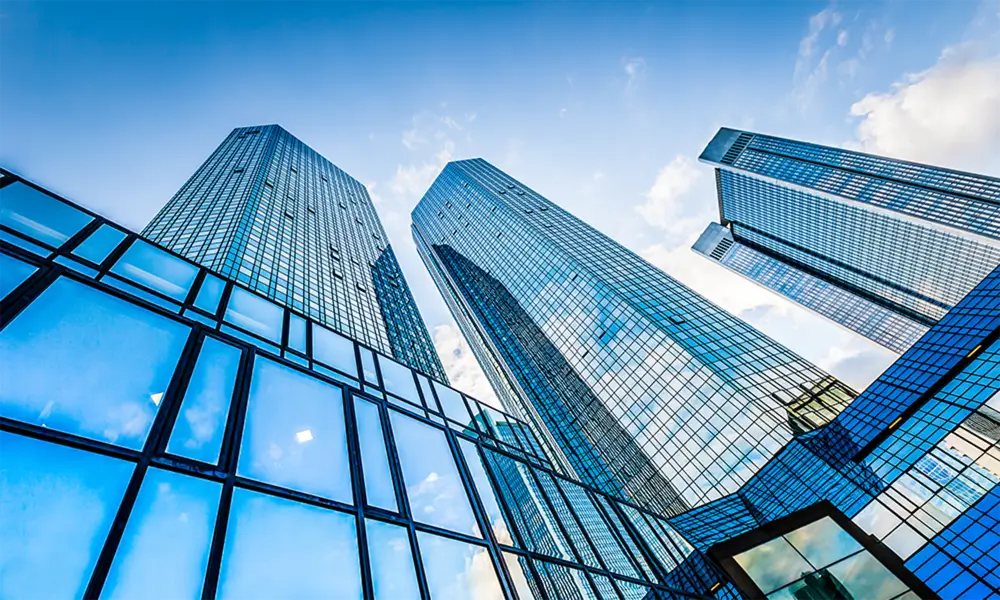

The Benefits of Low-E Glass Panels in Modern Architecture
Low-emissivity (Low-E) glass panels have revolutionized the way we think about energy efficiency and comfort in modern architecture. These advanced glass products are designed to minimize the amount of infrared and ultraviolet rays that pass through them without sacrificing the amount of visible light. This technology not only enhances the aesthetic appeal of buildings but also significantly reduces energy costs and improves indoor comfort.
The Benefits of Low-E Glass Panels in Modern Architecture
Moreover, Low-E glass panels contribute to better indoor air quality. By minimizing the heat that enters a building, they help reduce the likelihood of dryness and enhance air circulation. This is particularly beneficial in climates with extreme temperatures, where traditional glass can lead to stuffiness in summer and excessive heat loss in winter. With Low-E glass, indoor environments can remain more stable and comfortable year-round, promoting productivity and well-being for the occupants.

Another significant advantage of Low-E glass is its ability to block harmful UV rays. Prolonged exposure to ultraviolet light can cause fading of furnishings, artwork, and flooring. By using Low-E glass panels, homeowners and businesses can protect their investments from premature deterioration. This not only extends the life of interior decor but also maintains the aesthetic quality of spaces, ensuring that they look vibrant and inviting.
In terms of sustainability, Low-E glass panels play a crucial role in green building practices. Many architects and builders are now incorporating this technology into their designs to meet energy-efficient standards and certifications, such as LEED (Leadership in Energy and Environmental Design). Replacing traditional glass with Low-E panels can significantly increase a building's energy performance, making it more attractive to environmentally-conscious buyers and tenants.
In conclusion, Low-E glass panels are an invaluable addition to contemporary architecture. They offer numerous benefits, including improved energy efficiency, enhanced comfort, protection against UV rays, and support for sustainable building practices. As we continue to face the challenges of climate change and rising energy costs, the adoption of Low-E glass technology will be an essential step toward creating more efficient and resilient buildings for the future.